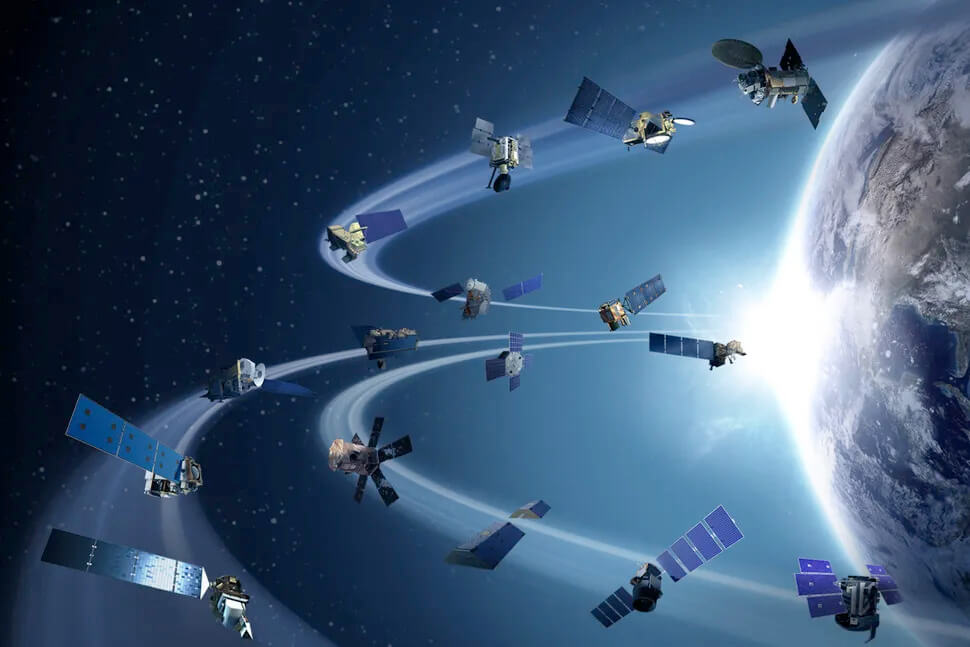The shrinking sea ice in the Arctic Ocean is, overall, a disaster. But paradoxically, the melting of the ice can also fuel the engine of the Arctic food chains: algae.
Algae are the main food source for life in the sea, but they need nitrogen to grow. And nitrogen is in short supply in the Arctic Ocean. However, a new international study led by the University of Copenhagen indicates therewill probably be more of it in the future than previously thought. This could change the future prospects for marine life in the High North and possibly for the carbon budget.
The researchers are the first to discover that the phenomenon of nitrogen fixation occurs beneath sea ice even in the central Arctic Ocean. Nitrogen fixation is a process in which special bacteria convert nitrogen gas (N2) dissolved in seawater into ammonium. Ammonium helps the bacteria to grow, but it also benefits algae and the rest of the food chain in the sea.
"Until now, it was believed that nitrogen fixation could not take place under the sea ice because it was assumed that the living conditions for the organisms that perform nitrogen fixation were too poor. We were wrong," says Lisa W. von Friesen, lead author of the study and former PhD student at the Department of Biology.
Less ice could mean more algae
Whereas in most other oceans it is cyanobacteria that perform nitrogen fixation, the study shows that in the Central Arctic Ocean it is a completely different type of bacteria that converts nitrogen: the so-called non-cyanobacteria.
The researchers have measured the highest rates of nitrogen fixation at the ice edge, where the ice melts most actively. Although the bacteria can perform nitrogen fixation under the ice, it is easier for them to do so along the ice edge. So as the sea ice retreats and the area of melting expands, larger amounts of nitrogen are expected to be added through nitrogen fixation.
"In other words, the amount of available nitrogen in the Arctic Ocean has likely been underestimated, both today and for future projections. This could mean that the potential for algae production has also been underestimated as climate change continues to reduce the sea ice cover," says Lisa W. von Friesen.
'Because algae are the primary food source for small animals such as planktonic crustaceans, which in turn are eaten by small fish, more algae can end up affecting the entire food chain' adds Lisa W. von Friesen.
May affect the ocean's CO2 uptake
In addition, the newly discovered source of nitrogen could also be beneficial for the uptake of CO2 – at least regionally. More algae make the ocean better at absorbing CO2.
"For the climate and the environment, this is likely good news. If algae production increases, the Arctic Ocean will absorb more CO2 because more CO2 will be bound in algae biomass. But biological systems are very complex, so it is hard to make firm predictions, because other mechanisms may pull in the opposite direction," says Lasse Riemann, professor at the Department of Biology and senior author of the study.
Nevertheless, the researchers believe that nitrogen fixation should be included in forecasts for the Arctic Ocean.
'We do not yet know whether the net effect will be beneficial for the climate. But it is clear that we should include an important process such as nitrogen fixation in the equation when we try to predict what will happen to the Arctic Ocean in the coming decades as sea ice declines,' says Lasse Riemann.






